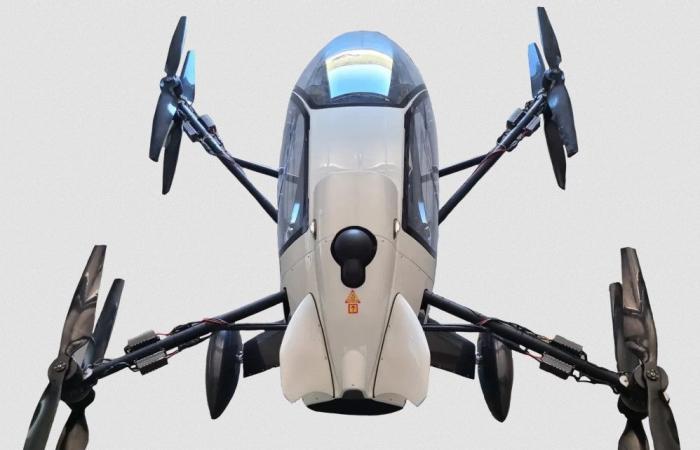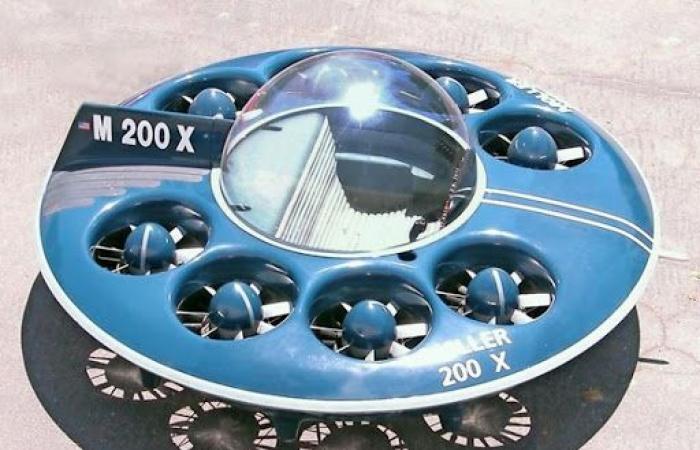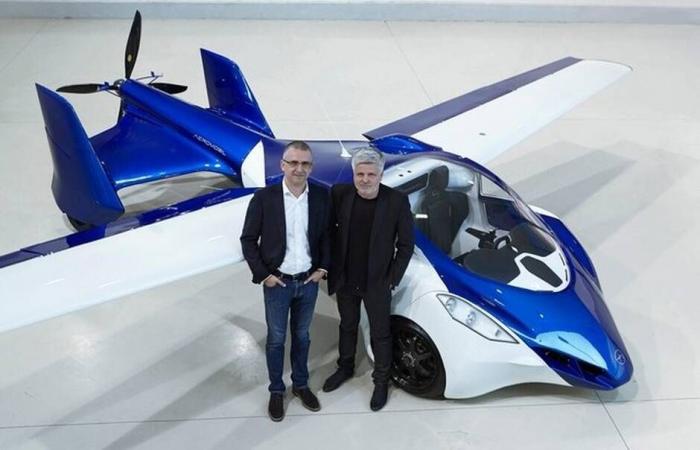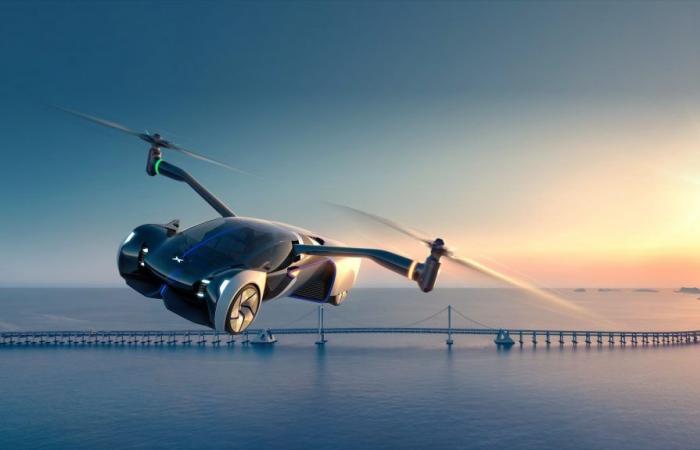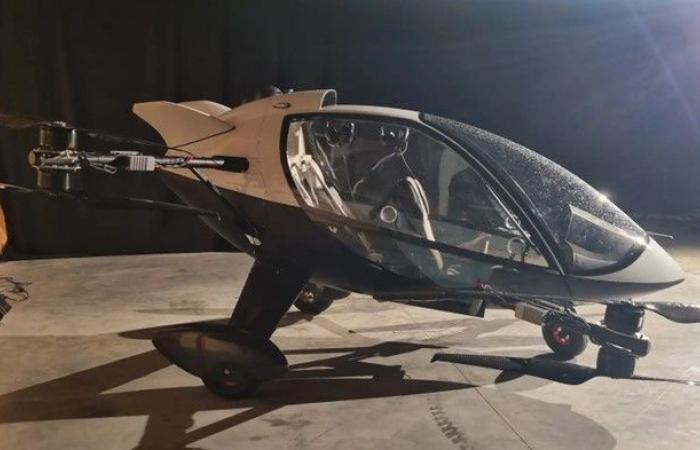The idea of the flying car has captivated the human imagination for decades, often associated with futuristic visions of unconstrained mobility on earth. Its story is a mix of science fiction, experimental prototypes and dreams of technological innovation. Here’s a look at this fascinating story:
The first visions (1900-1940)
The idea of machines capable of flying and moving on the ground dates back to the early 20th century. Aviation pioneers, such as Clement Ader and Leonardo da Vinci, explored the idea of the transition between flight and ground movement, but it was not until the 1920s and 1930s that the idea of the flying car emerged from more concrete way.
1920: The concept of a flying car appears in science fiction works. The American writer Murray Leinster, in his stories, already speaks of a future where vehicles would be able to fly and move on roads.
1930: Experimental inventions begin to emerge. The famous inventor Henry Ford was interested in aeronautical technologies, but it was later in the 1940s that real attempts took shape.
The first prototypes (1940-1960)
In the 1940s and 1950s, prototypes of hybrid vehicles appeared as part of military research or experimental projects.
1940: The Aerocar, designed by Molt Taylor, is one of the first hybrid vehicles. It combines a car with wings and an airplane engine. He is even capable of flying. This vehicle has demonstrated its flight several times, but it has never been produced on a large scale.
1956: Jacob LGA Kuebler’s “convertplan” is another example of a hybrid flying car prototype, although it is not put into production.
The golden age of science fiction (1950-1970)
During this period, the idea of the flying car was widely popularized by science fiction, which imagined aerial vehicles capable of transporting people through cities in complete freedom.
1960s–1970s: Films and television series like The Jetsons (1962), a futuristic animated series, show flying cars as a normal part of daily life in the advanced future. This era fuels dreams of a society where personal air travel is as common as the automobile.

Modern prototypes and technological advances (1980-2000)
Starting in the 1980s and 1990s, advances in technology helped breathe new life into flying vehicles. Companies and researchers began taking the idea more seriously and working on viable prototypes.
1980: The American company Moller International presents vehicle prototypes such as the Moller M200G, a vertically take-off “aerocar”. Although the prototype underwent testing, these vehicles were never commercialized, mainly due to technical limitations and high costs.
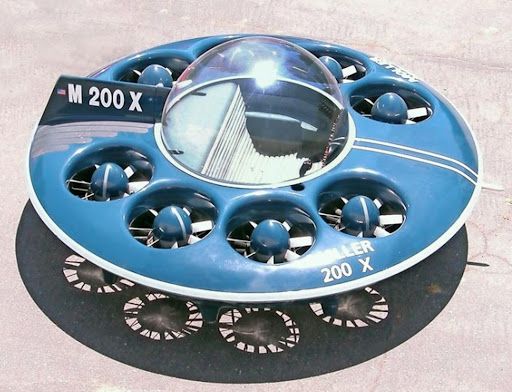
1990-2000: Prototypes like the Terrafugia Transition and the PAL-V (Personal Air and Land Vehicle) emerge, but technical challenges and regulations remain to make these vehicles accessible to the general public.
The era of modern flying cars (2000–present)
Since the start of the 21st century, airline and aviation companies have sought to make the idea of the flying car a reality, notably through advances in electric technologies, propulsion engines and airspace management. .
2009: The company Terrafugia announces the Transition, a vehicle that can both drive on the road and fly. The Transition has completed several tests, and the concept has attracted worldwide interest, although the aircraft is still intended for a limited market (pilot license required).
2010: Companies like PAL-V with its Liberty, a gyrocopter convertible into a car, and projects like Urban Aeronautics or AeroMobil seek to push the boundaries of design. These vehicles use advanced technologies such as electric motors, retractable wings and vertical take-off systems.
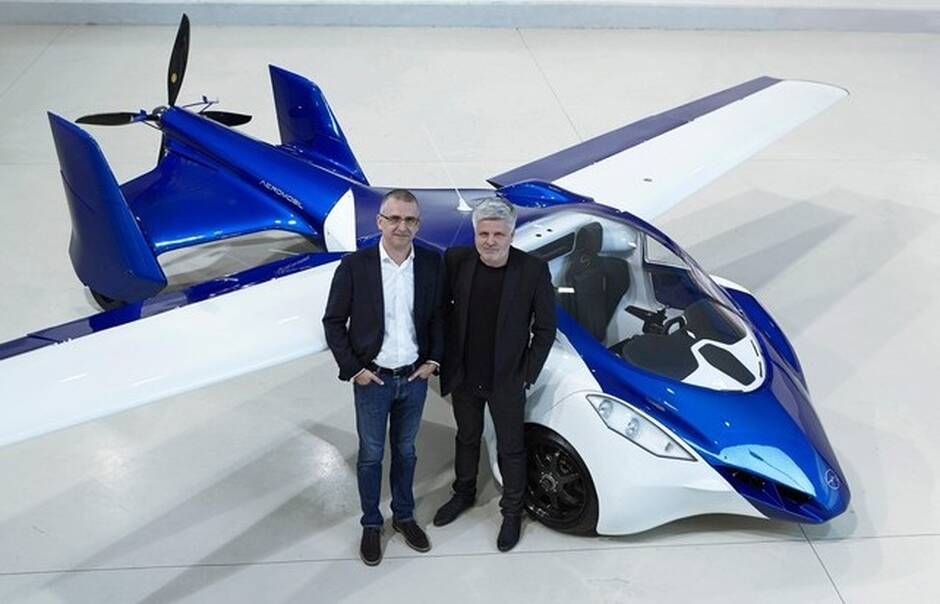
In 2015 the Slovak company AeroMobil presents its 3th functional flying prototype and announces a range of 875 km
2020: The concept of flying cars becomes more tangible, with companies like Joby Aviation, Lilium, and Vertical Aerospace developing eVTOL (Electric Vertical Take-Off and Landing) — electric vehicles with vertical take-off and landing. These vehicles are not yet “flying cars” in the traditional sense, because they are designed for short urban journeys, but they represent an important step towards urban air mobility.
October 2022: the Chinese company Xpeng, well known for its range of electric vehicles, took advantage of the Dubai technology fair to offer global communication by launching its eVTOL flying car X2 (read the article)

October 2024: DTA Aircraft, a company located in Montélimar, made its first flight tests filmed above the Drôme countryside, launches the pre-order of its machine called JP1 and announces the first deliveries in 2026! It caused a sensation at the last CES in Las Vegas

Challenges and future of the flying car
The main challenges for commercializing flying cars include:
Regulations: Laws on aviation and road transport must be revised to allow safe use of flying vehicles. Many countries do not yet have a clear legislative framework for the integration of these vehicles into the airspace.
Technology: Although advances in electric propulsion and batteries are progressing, there are still challenges to overcome in making flying vehicles practical, safe and affordable. Flight duration and noise management, for example, are still developing issues.
Infrastructure: Suitable infrastructure, such as urban take-off and landing areas (domes or vertiports), must be created to allow secure air traffic in an urban environment.
The history of the flying car is therefore a mixture of dreams, experiments and technological progress. If we have not yet seen a flying car truly accessible to all, current innovations in urban aerial vehicles, air mobility and electric technologies suggest a future where these vehicles could play an important role in the way which we will move from. But several obstacles will still have to be overcome before we see flying cars circulating in our skies on a daily basis.

